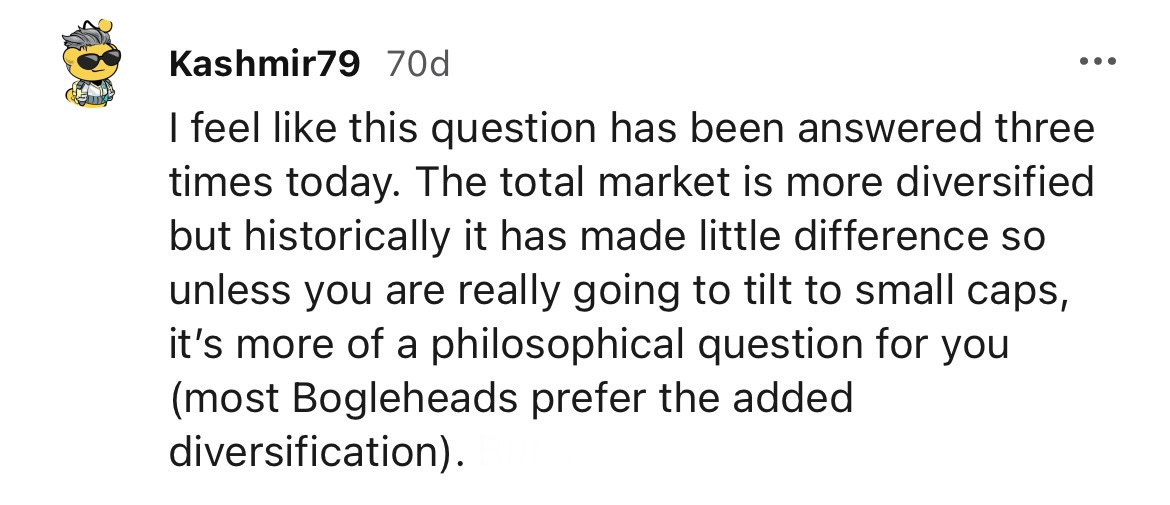The Market Indexes Are Not What You Think They Are…
I would like to kick off today’s article by asking you to look at this chart below.
What does this list represent?
Maybe it’s a history of mutual fund positions?
Or changes to my personal portfolio?
Actually, it’s neither of those things. This picture is taken from the Wikipedia page for the S&P 500 showing the the last five months of changes to the index.
Wait, the S&P 500 changes?
It’s a simple question, but not one many of us think to ask. Most of us think of an index fund on a very surface level as just a basket of stocks. But if I asked you what companies were contained in your index funds besides some of the big names like Google and Tesla would you be able to tell me?
Truth be told, I wouldn’t know either, after all there’s 500 of them, who has time to track them anyway?
But I don’t need to know what’s in my index fund, all I need to know is that it is well diversified and has a long history of good performance.
And yes, that is true, but that fact covers up one of the key aspects about our beloved index funds that I think every investor should be keenly aware of.
Index funds do change…
They probably change more than you think too. In 2021 alone there were twenty additions and deletions to the S&P 500. Seems a little active for some we generally call “passive investing.”
So perhaps a better question, who determines what goes into the S&P 500 and what are the criteria for entrance?
According to Investopedia the stocks selected to enter the S&P 500 are picked by a committee. The main criteria for being entered are as follows.
Market Cap of $14.6 Billion as of March 2022.
Must have the total value of its market cap turnover in a year.
A quarter million shares of its stock must have traded in the last six months.
Majority of shares must be held by the public.
IPO’d at least a year ago.
Earned a positive sum in the most recent four quarters of earnings.
After applying these criteria we are left with the stocks contained in the S&P 500.
As mentioned before, these criteria as well as the committee decisions make the S&P look far less passive, with the committee members acting eerily similar to mutual fund and hedge fund managers.
The one key distinction I would like to make here is that the S&P 500 works upon predefined rules. This makes it different (and I would argue generally better) than your average mutual fund. When funds operate on predefined rules they remove two large issues that plague mutual funds.
They remove the subjectivity or variation in analyst stock picks. By admitting that you will pick some winners and some losers, we decide to apply the filters unemotionally to all stocks and automatically enter it into our fund regardless of human biases.
They stop any changes in strategy due to changing market conditions or changes in management. If we stick to our predefined rules we can avoid these issues.
These ideas are something I picked up from the book What Works On Wall Street.
All strategies have performance cycles in which they over and underperform their relevant benchmarks. The key to outstanding long term performance is to find a strategy that has the highest base rate, or batting average, (more on that later) and then stick with that strategy, even when it is underperforming other strategies and benchmarks.
When we pick a strategy and stick to it we end up with a portfolio that performs like an index. Why do you think the long term performance of the Dow Jones Industrial Average has beat the S&P 500 even though it has far less diversification and contains “boomer” stocks?
That’s not something you hear often because in recent years the Dow Jones hasn’t performed like it used to. But ten years from now who’s to say that the Dow Jones doesn’t take the lead again?
This is all to say, when we commonly refer to “the market” as a benchmark it’s actually a misnomer. We are really just competing against strategies with basic rules. When we unanchor our perspective from the index being the benchmark we instead look for a strategy that performs best in the most amount of “market cycles” instead of raw performance for a specific (and often cherry picked) date range.
For The Doubters:
This is a straw man, good investors wouldn’t recommend the S&P 500 over a total market fund, which invalidates your thesis.
Fair point, a lot of investors have realized some of the arguments I’m making here and find it hypocritical to invest in an index that seems to pick stocks. A total market fund avoids this by providing complete diversification and removing the stock picking aspect by simply choosing everything.
But even this isn’t as simple as it sounds. When you say you want the whole market what do you mean by “whole”? Do you mean just the US market, because then you are making an assumption that the US will continue to outperform most international markets. If you decide to go with international you still have to decide how much weight to give to each company. Most indexes are capitalization weighted, but there is evidence to suggest that equal weighting outperforms cap weighted.
And even then, how optimal is it to go with the total market anyway? Certain sectors are almost certain to drag performance.
For example, small cap biotech is known for losing money because it relies upon the small chance that it is able to develop a drug that it can sell to the large pharmaceutical companies for big profits. However so many of these stocks tank and never recover begging the question, is it really worth investing in these?
With all that said, I’m not convinced that “the market” is as clear cut and objective as we often think it is. If you think differently please leave a comment down below! I’d love to hear your thoughts.
And if you liked this article please consider sharing it with a friend, I promise you it will only take a few seconds. Thanks for reading!
Until Next Time
All content is for discussion, entertainment, and illustrative purposes only and should not be construed as professional financial advice, solicitation, or recommendation to buy or sell any securities, notwithstanding anything stated.
There are risks associated with investing in securities. Loss of principal is possible. Some high-risk investments may use leverage, which could accentuate losses. Foreign investing involves special risks, including a greater volatility and political, economic and currency risks and differences in accounting methods. Past performance is not a predictor of future investment performance.
Should you need such advice, consult a licensed financial advisor, legal advisor, or tax advisor.
All views expressed are personal opinion and are subject to change without responsibility to update views. No guarantee is given regarding the accuracy of information on this post






